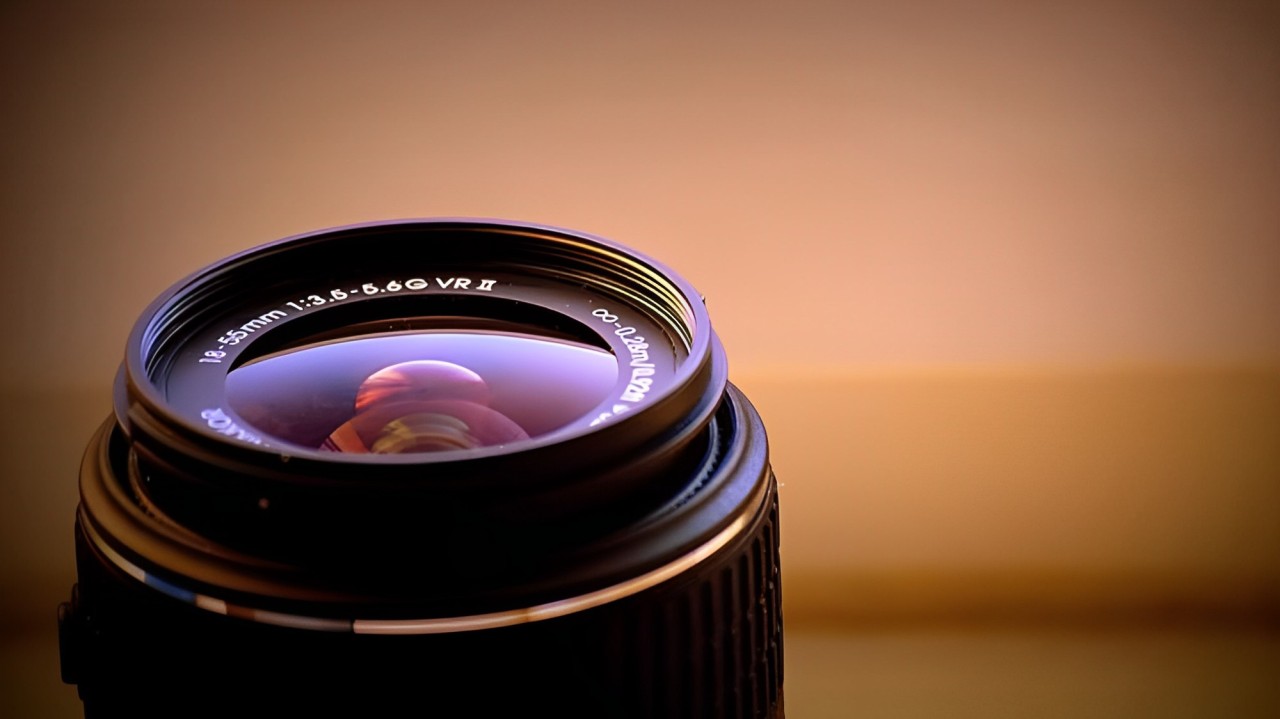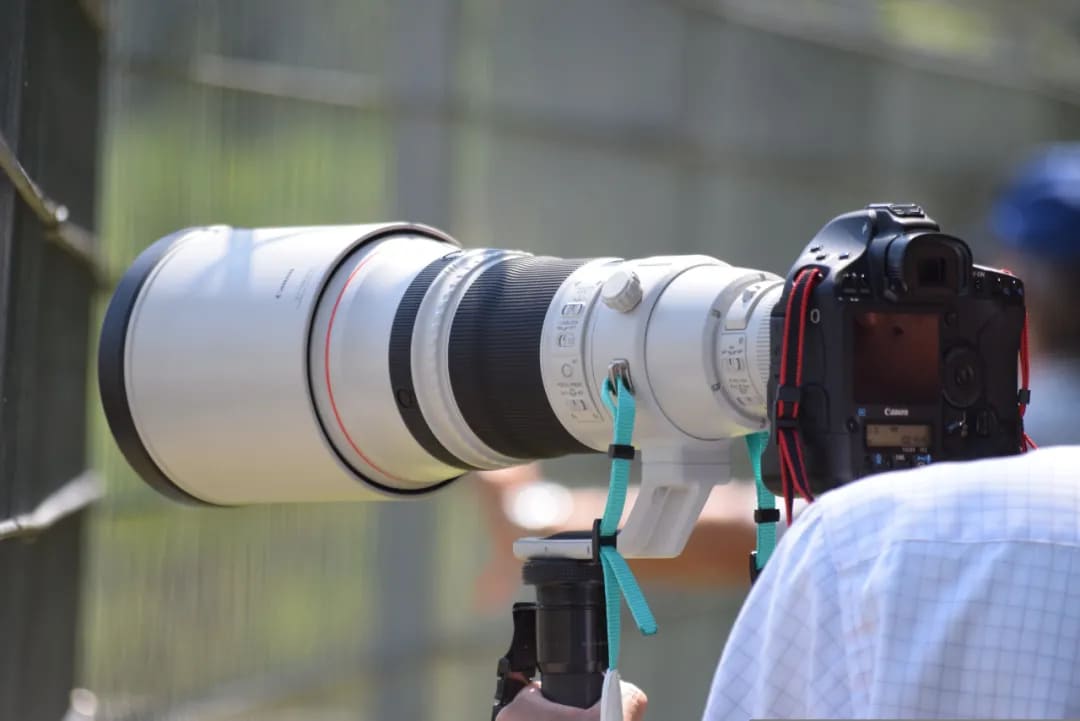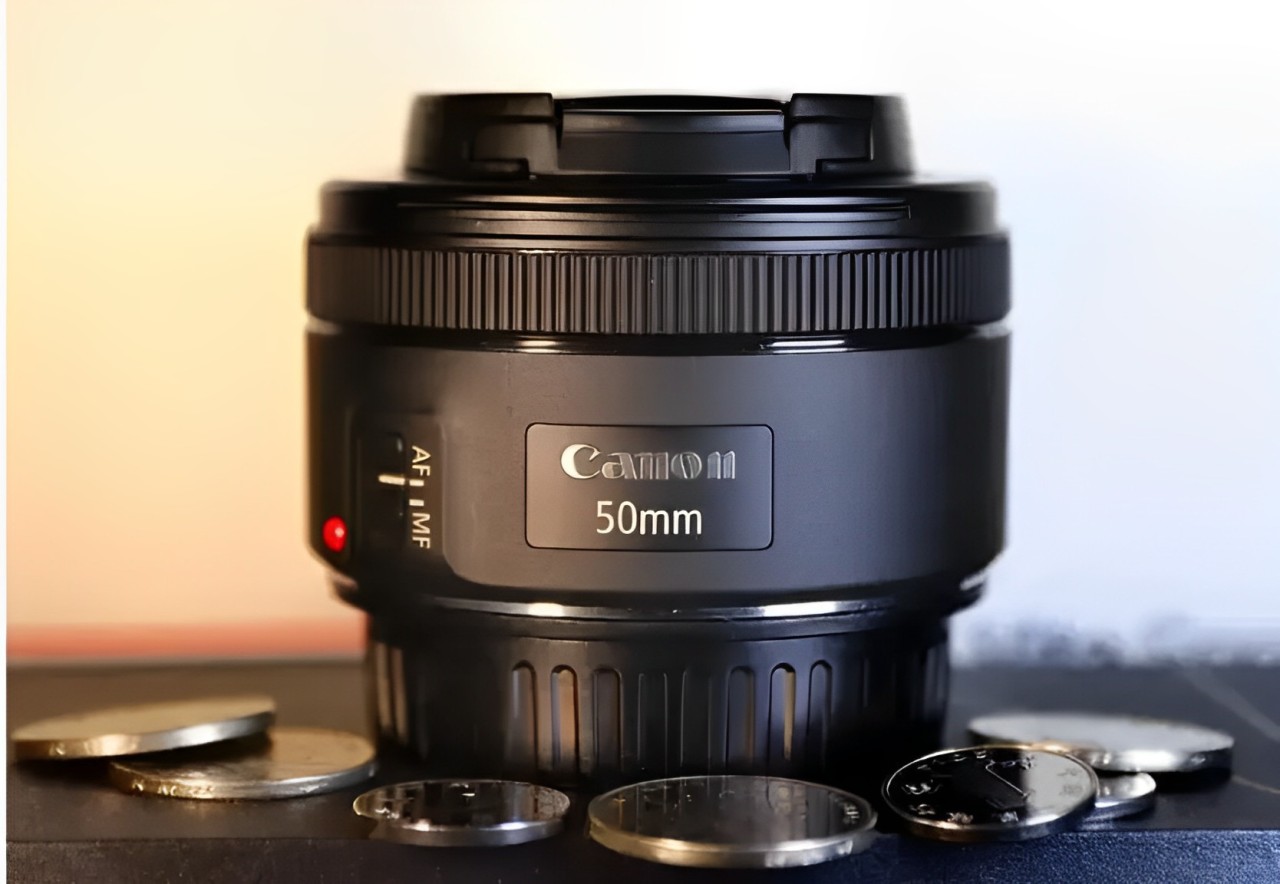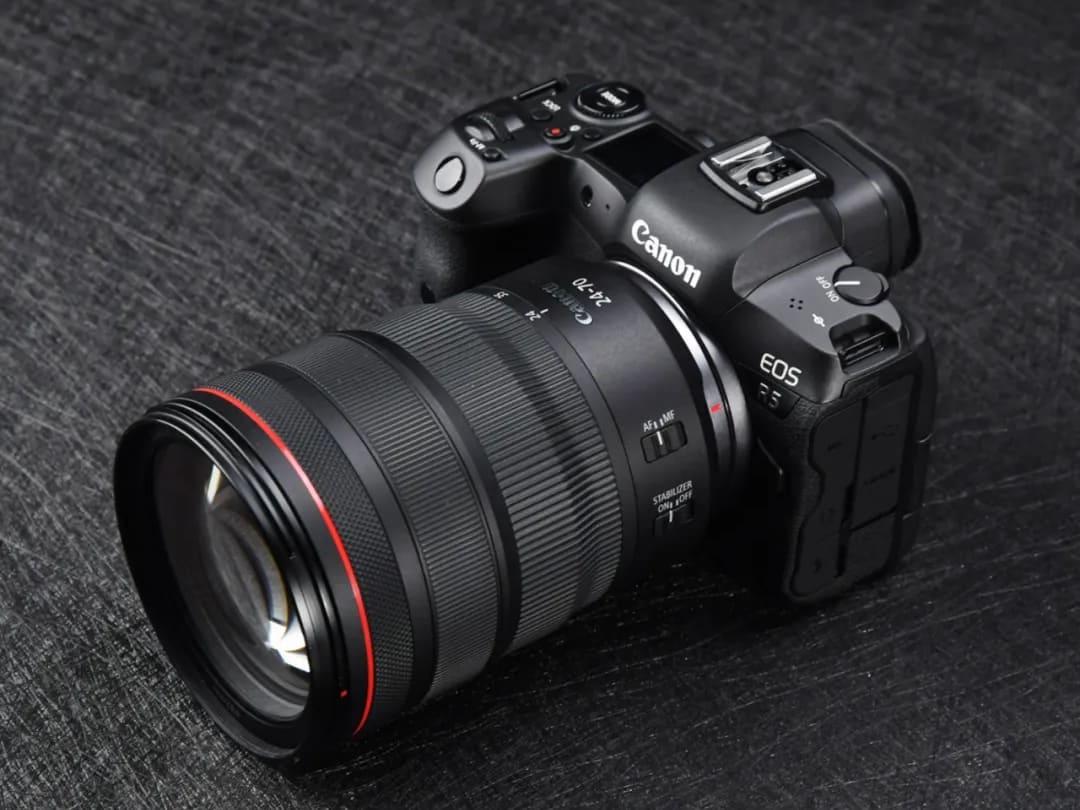Which Is the Best Camera Lens If You Could Only Choose One?
Every camera lens has its own characteristics, and it seems like there is no such thing as a perfectly flawless camera lens.
Many photographers own more than one lens. They typically choose a combination of lenses based on the subjects they frequently shoot and their own preferences to achieve a balance between focal length and image quality.
However, if you were limited to just one lens, or could only choose one lens, disregarding economic factors, which lens would be the best camera lens?

In this article, you will learn:
- Factors to Consider When Choosing a Camera Lens
- Best Camera Lens for Wide Focal Range Photography
- Best Camera Lens for Wildlife or Sports Photography
- Best Camera Lens for Portrait Photography
- Best Camera Lens for Landscape Photography
- If You Could Only Choose One, Which Is the Best Camera Lens?
- Final Thoughts About Best Camera Lens
Factors to Consider When Choosing a Camera Lens
Focal length is one of the most critical factors to consider when selecting a lens. The focal lengths most commonly used are wide-angle (16-35mm), standard (24-70mm), and telephoto (70-200mm).
Further Reading:
Wide-angle lenses are great for landscapes and architecture, standard lenses work well for most shooting scenarios, including portraits and landscapes, while telephoto lenses are ideal for capturing distant subjects like wildlife or sports events.
If you can only carry one lens, opt for a zoom lens that covers these focal lengths. Ideally, choose a zoom lens that covers a range from wide-angle to medium telephoto, such as a 24-105mm or 18-200mm.
Such a focal range allows you to capture landscapes, architecture, portraits, and even street photography.
Apart from focal length, consider the lens's protective features when making your selection, especially if you'll be shooting in locations like deserts or near water bodies. It's crucial to ensure your lens is dustproof, waterproof, resistant to mold, and can withstand impacts.

Best Camera Lens for Wide Focal Range Photography
If you typically shoot a variety of subjects that require a wide range of focal lengths, such as everyday life documentation and travel photography, you may need both a wide-angle view for landscapes and a telephoto lens for capturing detailed close-ups.
In this case, a versatile all-in-one lens like an 18-200mm could be a good fit. With a focal range spanning wide-angle, mid-range, and telephoto, it covers almost all focal lengths, making it suitable for a wide range of everyday subjects.
Best Camera Lens for Wildlife or Sports Photography
If you often photograph wildlife or sports, requiring long-distance shots, a super telephoto lens like 200-800mm might be your go-to choice.

Best Camera Lens for Portrait Photography
If you're mainly into portrait photography, the best camera lens would be an 85mm prime lens. In portrait photography, the 85mm focal length is highly popular for its excellent image quality.
Many photographers might choose this lens if they could only pick one.
Alongside the 85mm prime lens, the 50mm prime lens is a more classic option. When people think of prime lenses, the 50mm is often the first one that comes to mind!
The 50mm prime lens has a field of view similar to the human eye, making it known as a standard lens.
The 50mm prime lens can be a love-hate relationship for photographers. Some find its perspective too ordinary, resulting in photos that seem dull and challenging to control.
However, some photographers appreciate its realistic, human-eye-like quality. It's beloved by documentary photographers and an absolute gem for street photography!
Not limited to documentary work, the 50mm lens provides a genuine and comfortable perspective for portrait or everyday photography.
Therefore, in portrait photography, both the 85mm and 50mm prime lenses are excellent choices. If we had to pick the ultimate portrait lens, we'd lean towards the 85mm.

Best Camera Lens for Landscape Photography
For photography enthusiasts who love capturing landscapes, traveling is often an essential part of the shooting experience.
Due to the unique nature of travel, it's usually not feasible to carry a lot of gear, often just a camera body with one lens is the setup for the journey.
So, what is the best camera lens for landscape photography? It needs to meet various shooting requirements without adding too much weight.
In most cases, when you can only bring one lens and there are no specific reasons to choose otherwise, the go-to option is typically a versatile zoom lens like the 24-105mm.
Opting for a zoom lens with a moderate aperture like this can fulfill a range of shooting needs while remaining relatively lightweight and easy to carry.
If You Could Only Choose One, Which Is the Best Camera Lens?
Many photography enthusiasts are familiar with the 70-200mm lens, a highly popular choice among photographers. It might be one of the most essential camera lens in a photographer's arsenal.
The 70-200mm lens has a wide focal range, excellent image quality, and versatile applications. Whether capturing close-ups or portraits, this lens is a favorite among photographers.

If the 70-200mm lens is often considered a photographer's second lens, then for many photographers, their first choice might be the 24-70mm lens.
The focal ranges of these two lenses complement each other perfectly, covering most shooting situations when used together, making them a top pick for many.
The 24-70mm lens strikes a balance in terms of size and weight, covering wide-angle to mid-range focal lengths, making it highly versatile.
You can use it for travel, landscape photography, daily life documentation, portraits, and street photography.
This focal range is almost like a Swiss Army knife—it's versatile. You might be able to do without the 70-200mm, but the 24-70mm is almost indispensable.
It's not just loved by professional photographers. Many video content creators favor this lens for their productions.
All things considered, the 24-70mm lens could be the best camera lens. It excels in size, weight, image quality, and focal range coverage, making it a well-rounded choice.
So, if it were up to you, which lens would you choose?

Final Thoughts About Best Camera Lens
When selecting a camera lens, considering its intended use is crucial. For wildlife photography, portrait photography, and landscape photography, each has its best lens choice.
However, when you can only pick one lens, the 24-70mm lens might be the most versatile option.
This lens offers an excellent balance in terms of size, weight, image quality, and focal range coverage. Its versatility allows you to navigate through various photography scenarios with ease.
Ultimately, the best lens is the one that helps you bring your creative vision to life. Hopefully, this article provides valuable insights for your lens selection.
Product Recommendation:
If you view photography as an art form, then the goal naturally becomes an artistic expression, which translates to creating visually appealing photos. Therefore, artistic post-processing is essential because, after all, no one can guarantee that every photo they take is flawless.
When using photo editing software, the repetitive and tedious tasks can become tiresome. That's where TourBox comes in—it's the tool that streamlines every step of the photo editing process for you.

With just one hand on TourBox, you can easily manage photos, adjust colors, and enhance your editing workflow. This creative controller is beloved by many photographers and digital artists, offering a unique operational experience that you're sure to enjoy.

Check out our photo editing page to see how TourBox works its magic in post-processing photography.